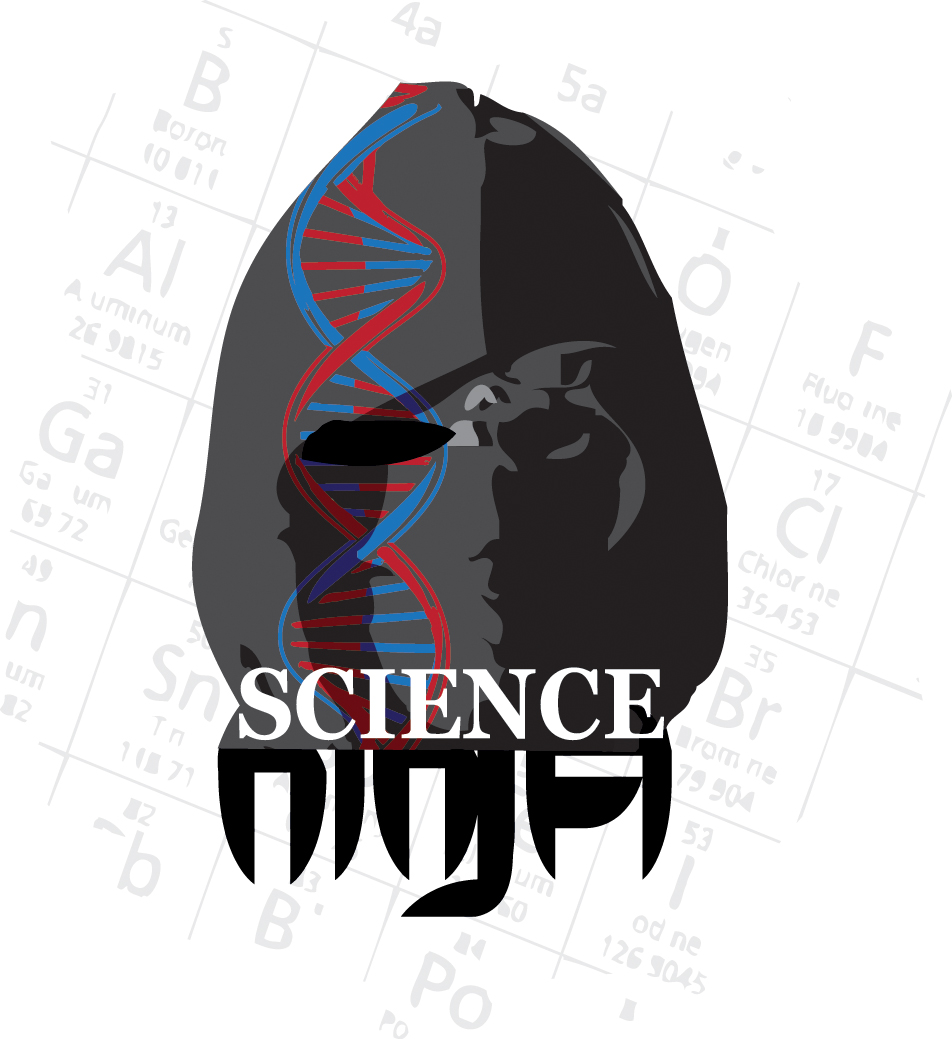It is possible that the thinking skills required for social interactions (known as "social cognition") manifest themselves differently in people with chronic schizophrenia and people with cognitive disorders as compared with healthy people.


Hui-Minn (Minn) Chan is currently researching this fascinating area as part of her candidature to gain a Doctorate of Psychology (Clinical Neuropsycholgy), and needs the help of healthy volunteers aged between 30 and 65.
And YOU can help by getting involved.
"WHAT'S IN IT FOR ME...?" (I hear you ask)
Aside from your selfless contribution to the scientific community that will no doubt earn you some bonus karma credits to be cashed in when you most need them, you will also receive a $50 Coles Gift Card for your trouble.
WHAT YOU HAVE TO DO...
BE:
- aged between 30 and 65
- relatively healthy
- able to speak English
HAVE:
- lived in Australia for a good chunk of your life
- no significant medical or psychiatric history
Otherwise, you just have to watch a few videos, answer questions based on those videos, complete some questionnaires, and undergo some pen and paper tests. This can all be completed in a single session of 4 hours, or two sessions of 2 hours each, and can take place at either Monash University in Clayton or at Royal Melbourne Hospital in Melbourne - whichever suits you best. (Sounds like a piece of cake, really.)
HOW TO GET INVOLVED...
Email Minn at huiminn.chan@monash.edu or call/text her on 0404 211 957 for an initial chat, and she will sort out the rest!
One of the key barriers to conducting clinical research - and the primary obstacles facing honours, PhD and doctoral candidates - is being able to find willing study participants generous enough to give up their time and get involved. Those of you able to give up a few hours of your time to participate in Minn's study will be helping further research into an extremely complicated area of neuropsycholiogy and a very worthwhile area of science.
I hope to see you there, and happy volunteering!


